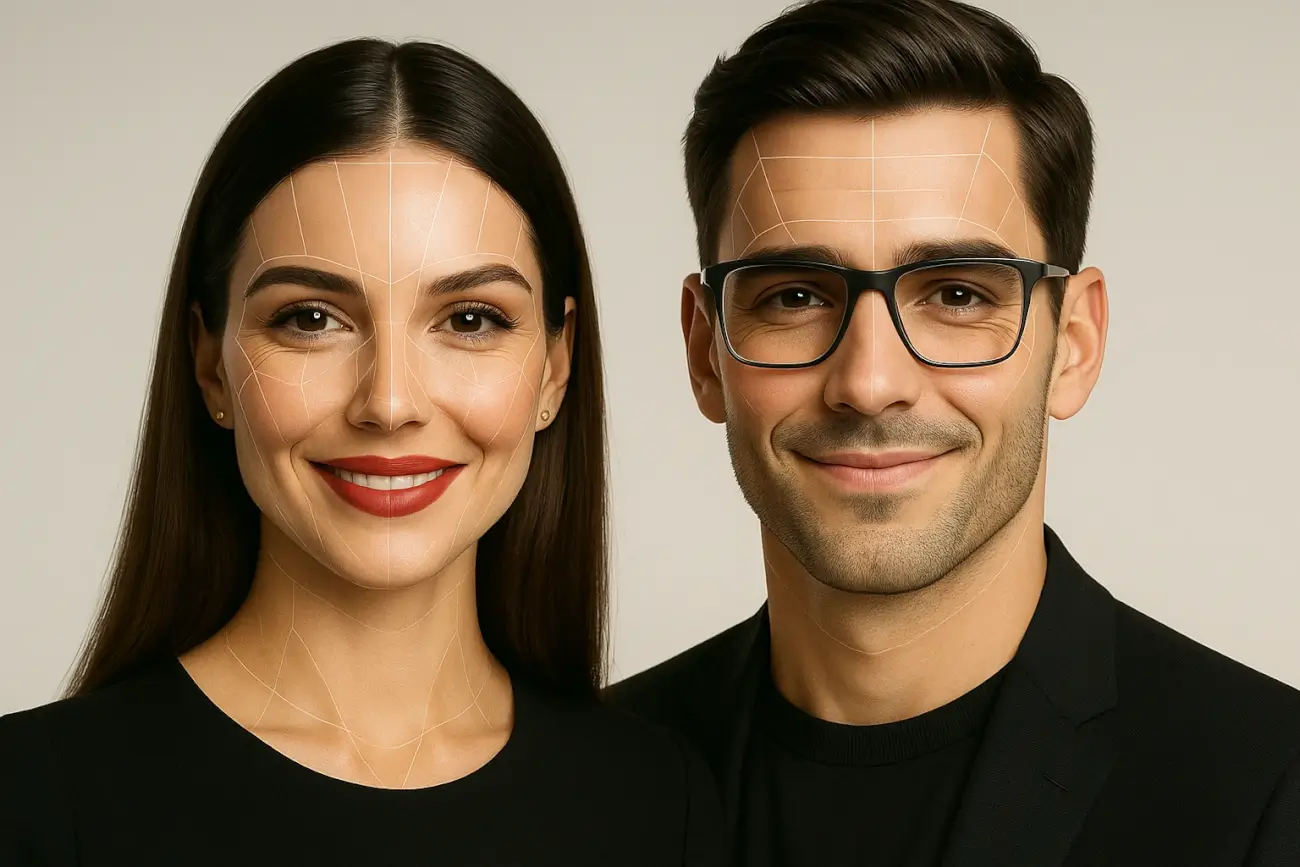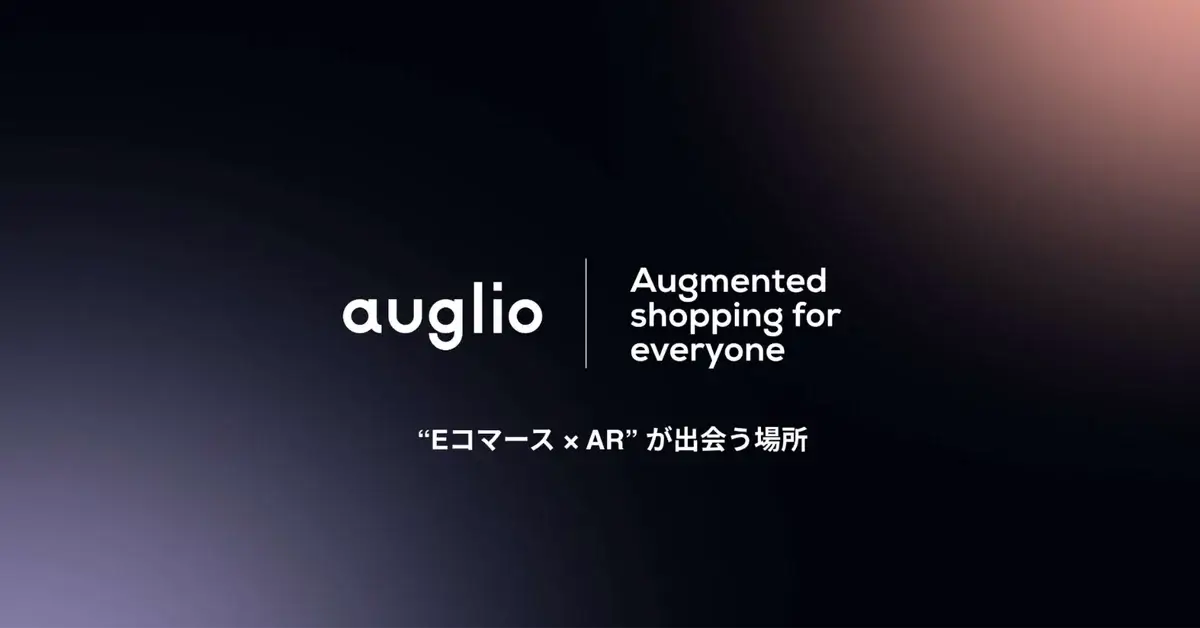The eyewear industry has always thrived on personal expression and style. But in e-commerce, selling frames online has historically been one of the toughest challenges: customers hesitate, conversions stall, and returns pile up. Why? Because shoppers simply don’t know how glasses will look on their own face.
Enter Virtual Try-On (VTO)—a technology that has matured far beyond its early gimmick phase. In 2025, eyewear VTO is not just a nice add-on for an online store. It is a core driver of revenue and customer satisfaction. Brands that get the formula right are seeing conversion lifts of 300–400%, dramatic decreases in returns, and a measurable boost in customer loyalty.
But here’s the catch: not all VTO implementations deliver these results. What separates high-performing eyewear VTO from those that underwhelm? This blueprint unpacks the exact features, UX choices, and measurement strategies that matter most—so your brand can capture the upside without wasted effort.
Why Eyewear Virtual Try-On Wins in 2025
Shoppers want more than static product images. They want confidence. They want speed. They want a buying experience that feels like an in-store mirror, but in their browser or on their phone.
Research shows that over 70% of online eyewear shoppers hesitate to complete a purchase because they aren’t sure how frames will look on them. Virtual Try-On solves this in seconds by letting customers see frames on their own face in real time, with movement and natural lighting. Combined with Pupillary Distance (PD) measurement and 360° product views, VTO transforms hesitation into confidence—and confidence drives sales.
Industry data points make the business case even stronger. Shopify’s research notes that 3D/AR product interactions increase conversion rates by up to 250% and time-on-site by nearly double compared to flat images. For eyewear specifically, case studies show conversion rate lifts of 200–400% once VTO is integrated into product pages. Returns also fall, because buyers choose frames that genuinely fit their proportions.
The Three Building Blocks of a High-Performing Eyewear VTO
Not every feature is created equal. In fact, focusing on the three essential building blocks of eyewear VTO can make the difference between a conversion-boosting powerhouse and a gimmicky tool that shoppers ignore.
The first building block is real-time face try-on. This feature allows shoppers to instantly see how frames look on their own face, without having to download a separate app or go through complicated steps. The best solutions load quickly, launch directly from the product page, and mirror natural head movements so that customers can tilt, smile, or turn as they would in front of a real mirror.
The second is Pupillary Distance (PD) measurement. Fit is critical not only for comfort but also for vision correction. If customers doubt that their glasses will fit correctly, they are far less likely to buy. Offering an accurate PD measurement within the try-on experience reassures shoppers that they are choosing frames that work for them—and significantly reduces the chance of costly returns.
The third essential feature is the 360° product viewer. While the try-on shows frames on a face, the 360° view allows customers to examine details like hinges, temple design, or lens curvature. It replicates the in-store habit of picking up glasses, turning them in your hand, and checking the craftsmanship from every angle.
Together, these three features form the foundation of a successful eyewear VTO strategy. Leave one out, and the experience feels incomplete. Combine them well, and you create the closest digital equivalent to the in-store buying process.
Measuring ROI: How to Know It’s Working
Introducing Virtual Try-On should never be a leap of faith. To justify investment, it must prove itself in hard numbers. The most telling indicator is conversion lift—how much higher your product page conversion rates are with VTO compared to pages without it.
Beyond conversions, VTO also impacts engagement. When shoppers can interact with products through try-on or 360° views, they typically spend more time on-site and view more SKUs per visit. This deeper engagement often translates into higher order values.
Another key metric is the return rate. Returns are expensive for eyewear e-commerce, especially when customers order multiple frames just to “try at home.” A good VTO reduces this problem. Monitor the reasons given for returns—if “fit” or “look” declines after launching VTO, the tool is working as intended.
Finally, look at the overall revenue attribution model. A simple calculation is:
Conversion rate uplift × traffic volume × average order value − technology costs = incremental monthly revenue.
For example, if your PDP conversion rate is 2% and VTO increases it to 5%, that’s a three-point lift. On 100,000 monthly visitors at €120 average order value, that equates to €360,000 additional revenue every single month—well above the cost of deploying the solution.
UX Patterns That Drive Conversions
Even the most advanced VTO technology won’t convert if it’s hidden or confusing. Successful eyewear brands treat VTO as a central part of the shopping journey, not a side feature buried in a corner.
The entry point matters most. The “Try On Now” button should be positioned prominently on the product page, ideally near the “Add to Cart” button. This placement creates a natural flow from trying to buying. Surrounding the button with reassurance copy such as “No download required” or “Works instantly with your camera” further reduces hesitation.
Another effective pattern is offering comparison views. Shoppers often browse multiple frames before deciding, and the ability to quickly view two styles side by side within the try-on makes the decision process easier. Pair this with a wishlist or favorites function, so customers can save try-on results and return later or share them with friends and family for feedback.
Even small design details, like optimizing the camera preview to handle low-light environments gracefully, can determine whether a shopper enjoys the experience or abandons it. In short, UX polish can make the difference between a fun experiment and a revenue-driving tool.
Accessibility Matters: WCAG & EAA Compliance
With the European Accessibility Act taking effect in June 2025, accessibility is no longer optional. Virtual Try-On tools must be inclusive and functional for users with different needs. That means ensuring that all try-on actions can be launched and closed via keyboard, providing meaningful screen-reader labels for every interactive element, and offering alt text or transcripts for visual assets like 360° spins or demo videos.
Equally important is planning for fallback scenarios. If a shopper chooses not to grant camera access, the experience shouldn’t dead-end. Offering alternative size guides, PD-only measurement tools, or high-quality 360° images keeps the shopping journey moving forward.
Complying with WCAG and the EAA is a legal requirement, but it is also an opportunity. Accessibility broadens your potential customer base and signals that your brand is modern, empathetic, and trustworthy.
Platform Considerations: Shopify, Magento, WooCommerce
Not all e-commerce platforms handle VTO the same way. On Shopify, plug-and-play apps make it easy to get started, though you need to carefully monitor site speed since additional scripts can slow load times. Magento offers maximum customization, making it a strong choice for large-scale eyewear businesses that want bespoke try-on flows across hundreds or thousands of SKUs. WooCommerce, popular among smaller to mid-sized brands, is flexible but requires diligent plugin management to avoid conflicts that break the experience.
No matter the platform, the goal is the same: deliver VTO without compromising performance. Lightweight 3D models, optimized camera code, and thorough cross-device testing are essential to making sure the technology delights rather than frustrates.
Launch Checklist
Before unveiling VTO to your customers, a careful launch checklist ensures smooth performance. Test your product pages on both desktop and mobile, across different browsers and connection speeds. Simulate real-life conditions such as low light or unstable Wi-Fi, so you know how the experience behaves when it’s less than ideal.
-
All SKUs tested on desktop and mobile.
-
Try-on works in various lighting and bandwidth conditions.
-
Fallback flows in place for users who block camera access.
-
Analytics correctly firing for try-on interactions.
Every VTO interaction—whether it’s a click to open the try-on, time spent using it, or SKUs tried—should feed into your analytics platform. These data points will help refine the experience and prove ROI over time.
TL;DR
Virtual Try-On is no longer a futuristic experiment. In 2025, it is the eyewear industry’s most powerful revenue lever—when executed with precision. By prioritizing real-time try-on, PD measurement, and 360° product views, brands can transform hesitant shoppers into confident buyers.
The brands that implement this now won’t just sell more glasses—they’ll redefine how eyewear is shopped for in the digital age.
👉 Experience it yourself in our Demo Store and see how Auglio’s Virtual Try-On tools can elevate your eyewear business.
Tags: Virtual Try On Eyewear e-commerce






